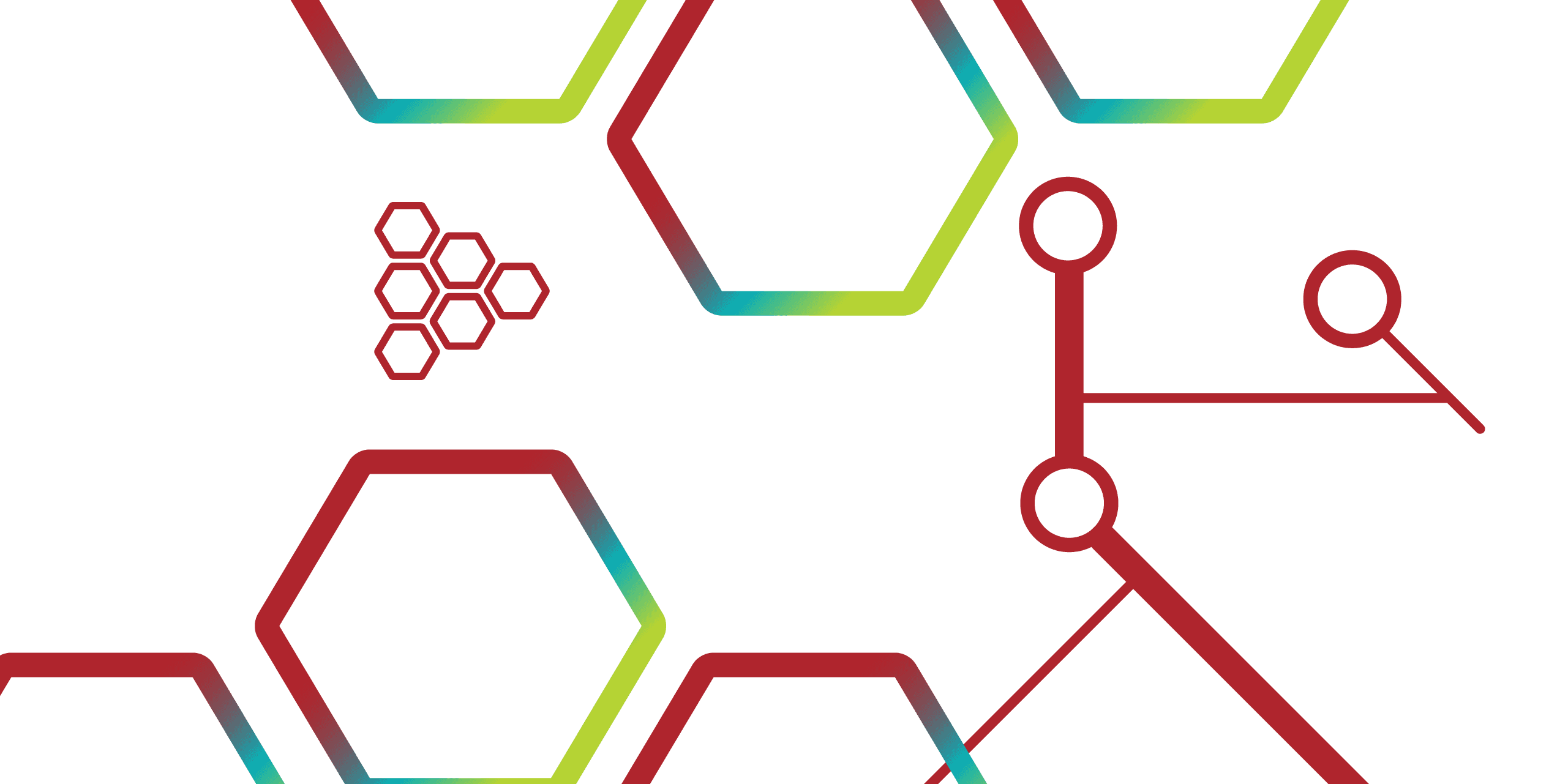
Higher Education Reference Models
Higher Education Reference Models
The Higher Education Reference Models (HERM) provide standardised business, data, application and technology architectures that communicate a generalised view of how higher education institutions are organised and the information they use. The HERM also includes a Business Model Canvas to support scenario-based planning and for exploring and communicating an institution’s specific strategic drivers and goals.
These resources can be used by institutions within higher education in a variety of ways, such as a starter kit to accelerate an institution’s business and data architecture, a reference point to explore commonalities and differentiators for the institution, and a communication tool to engage stakeholders.
The Higher Education Reference Models help members to:
- increase the value and efficiency of their architecture teams
- describe a ‘whole of institution’ view to colleagues within their institution
- facilitate the exchange of architectural knowledge and good practice in the sector
- support interoperability and collaboration between member organisations
- improve engagement with industry in major projects and initiatives
Community Involvement & Versions
Community Involvement
The ongoing development and enhancement of the Higher Education Reference Models is community-driven, and all suggestions and feedback are warmly and always encouraged. Queries about the Higher Education Reference Models can be directed to:
| Nigel Foxwell | jeff kennedy |
| James Cook University | The University of Auckland |
| nigel.foxwell@jcu.edu.au | jeff.kennedy@auckland.ac.nz |
Additionally, international colleagues are encouraged to access copies of the HERM resources and to engage with the use and ongoing enhancement of the HERM as follows:
- UCISA members through the UCISA Enterprise Architecture Special Interest Group;
- EDUCAUSE members through the ITANA Enterprise, Business, & Technical Architects Community Group;
- EUNIS members through the EUNIS Enterprise Architecture Special Interest Group
International Collaboration
The ongoing evolution and enrichment of the Higher Education Reference Models would be impossible without the warm global collaboration between the CAUDIT HERM Working Group, our colleagues in the United Kingdom through UCISA, other European colleagues through EUNIS, and our North American colleagues through EDUCAUSE. The value and usefulness of the HERM is enriched, amplified, and increased enormously by the expertise, engagement, and generous contributions of the worldwide higher-education enterprise architecture community.
Versions
Version 1 of these models was launched in 2016, following the agreement between FromHereOn (https://www.fromhereon.com) and CAUDIT. The CAUDIT Enterprise Architecture Community of Practice is responsible for the curation and evolution of the Higher Education Reference Models. Subsequently, Version 2 of the Business Capability Model was released in May 2019 and Version 2.5.0 was launched in October 2020 with a consolidated refresh of both the Data Reference Model and the Business Capability Model. The Version 2.6.0 release made in September 2021 introduced the Business Model Canvas, and Version 2.6.1 followed in August 2022. Version 3.0.0 introduced the Application Reference Model upon its release in February 2024.
The latest release of the Higher Education Reference Models, Version 3.1.1, includes several iterative improvements, and introduces the HERM Technology Reference Model.
Preparations are already underway for the next release, Version 3.2.0 in late-2025, which will reflect community feedback on recent changes and enhance the supporting and explanatory content that accompanies the HERM distribution.
The CAUDIT Higher Education Reference Models are provided free of charge to higher education institutions under the Creative Commons 4.0 Attribution- NonCommercial- ShareAlike license (i.e., CC BY-NC-SA, https://creativecommons.org/licenses/by-nc-sa/4.0/). The HERM release notes include some clarification and context about how the “non-commercial” term of the licence should be interpreted.
The reference models may not be bundled, sublicensed or used for commercial purpose, or passed on to other organisations. You are free to reproduce, customise, and share, in whole or part, the artefacts published here under this licence. By downloading this material you are agreeing:
- to make any modifications available for consideration to include in future versions of the Higher Education Reference Models
- to attribute CAUDIT in any material produced from these artefacts
- acknowledge CAUDIT in any presentations of work based on these artefacts
- to share the material published here, or any derivatives you produce, under the same conditions
The HERM Business Reference Model describes a standard set of business architecture elements relevant to higher education. It can be used by business stakeholders, enterprise architects and technology strategists to discuss the effectiveness of the organisation, its needs and challenges. The Business Reference Model comprises a Business Capability Model and a new Business Model Canvas.
Business Capability Model Files
- HERM-BRM-V311-model.pdf = poster model
- HERM-BRM-V311-catalogue.xlsx = catalogue of descriptions
- HERM-BRM-V311-changelog.xlsx = changelog from previous version
- HERM-BRM-V311-recipe-card-*.pdf = various BCM recipe cards
- HERM-BRM-V311-recipe-card-blank-template.pptx = BCM recipe card template
- HERM-BRM-V311-model.archimate = version ArchiMate model
- HERM-BRM-V311-model.drawio=draw.io model
- HERM-BRM-V311-model.vsdx = Visio model
Business Model Canvas Files
- HERM-BMC-V311-canvas.pdf = poster model
- HERM-BMC-V311-explainer.pdf = supporting explanatory notes
- HERM-BMC-V311-model.drawio=drawio model
- HERM-BMC-V311-vsdx = Visio model
The HERM Data Reference Model describes a standard set of conceptual data architecture elements relevant to higher education. It provides a common language for business stakeholders, enterprise architects and technology strategists to communicate clearly.
Data Reference Model Files
- HERM-DRM-V311-model.pdf = poster model
- HERM-DRM-V311-catalogue.xlsx = catalogue of descriptions
- HERM-DRM-V311-changelog.xlsx = changelog from previous version
- HERM-DRM-V311-explainer = explainer document
- HERM-DRM-V311.model archimate = ArchiMate model
- HERM-DRM-V311-model drawio = draw.io model
The HERM Application Reference Model describes a standard set of conceptual application architecture elements relevant to higher education. It provides a structured categorisation that enables many use-cases related to governance of the application estate, application portfolio management, enterprise architecture planning, and benchmarking.
Application Reference Model Files
- HERM-ARM-V311-model.pdf = poster model
- HERM-ARM-V311-catalogue.xlsx = catalogue of descriptions
- HERM-ARM-V311-explainer.pdf = explainer document
- HERM-ARM-V311-changelog.xlsx = changelog from previous versions
- HERM-ARM-V311.archimate = ArchiMate model
- HERM-ARM-V311-model.drawio = draw.io model
The HERM Technology Reference Model describes the industry-agnostic domain of technology services and things that are required to implement applications and business capabilities in higher education.
Technology Reference Model Files
- HERM-TRM-V311-model.pdf = poster model
- HERM-TRM-V311-explainer.pdf = explainer document
- HERM-TRM-V311-catalogue.xlsx = catalogue of descriptions
- HERM-TRM-V311-model.archimate = ArchiMate model
- HERM-TRM-V311-model.drawio = draw.io model
Download the Models
The reference models published here are provided in formats that will allow them to be loaded into common modelling and repository tools. The entire distribution of the Higher Education Reference Models is provided in a single ZIP archive that also includes version release notes and a readme.txt file.
Access to the models by CAUDIT Member organisations
CAUDIT Member organisations can access the models using Tuakiri or AAF authentication. You will be prompted to log-in using your everyday organisational username/password. Download the models here.
Access by international higher education organisations
To date the models have been distributed to more than a thousand institutions worldwide. The HERM distribution has also been provided to some higher-education information-technology associations to make available by natural access to their own members. Accordingly, you can access the HERM easily if your institution is a member of:
- UCISA, send a request by email to admin@ucisa.ac.uk
- EDUCAUSE, visit the EDUCAUSE Library and login
- EUNIS, send a request by email to execsupport@ucisa.ac.uk
If your institution is not a member of one of those associations then you are encouraged to engage with your local Enterprise Architecture community and to request HERM access from CAUDIT by sending an email to caudit@caudit.edu.au

Connect with CAUDIT
CAUDIT acknowledges the Traditional Owners of the lands where we live, learn and work. We pay our respects to Elders past and present and celebrate the stories, culture and traditions of all First Nations people.



